|
by: Gabrielle Jansen BNat Our bodies reflect the shifting seasons, linking us ever more closely with the natural world. I didn’t grow up knowing my cycle mirrored those of the earth so closely. Like many of us, my early reproductive education was fairly limited and cloaked in both secrecy and shame. It would take more than a decade of study and practice before I began to appreciate how little I knew about how my body worked. Even then, it would be some years before I understood that having a cycle meant going around, like the seasons. The menstrual cycle mirrors all other cycles in nature. Just like the tide that rises and falls, the seasons that bloom and decay, the moon that waxes and wanes, our cycles embody the life-death-life cycles of nature. And so… The menstrual cycle can be broken into four seasons, that reflect our shifting fertility: Winter - the menstrual phase, Spring - the pre-ovulatory phase, Summer - the ovulatory phase and Fall - the post-ovulatory phase. Understanding the energetic seasons of the menstrual cycle gives us a language with which we can understand and explore our own fertility and physiology. Equipped with words, we begin to appreciate the menstrual cycle as a powerful teacher. One that constantly offers us insights into our health and well-being, and gives us the opportunity to develop a deep relationship with ourselves. Winter // Menstruation // Mugwort A new cycle begins on the first day of heavy menstrual bleeding and we call it Day One. It is time for us to turn inward, to rest, to be still and silent as snowfall. It’s here in the dark that we return home to ourselves, shaking off the world outside, we land deeply in our bodies. Here in the winter-time we are most connected to our needs, our path and intuitive self. Without the distraction of the light, everything is clear. Menstruation brings us deep clarity, if only we can sit still long enough to listen. Mugwort, Artemisia vulgaris, helps us to dream our visions, reconnect with our subconscious and move through the underworld, making this plant a wonderful ally to call upon during menstruation. Many of you will be familiar with Mugwort's ability to ease cramping and bring on light or scanty flow. Mugwort also connects us with our dreams and deeper visioning and feels oh so aligned, to these inner-winter nights. Note: Mugwort - Artemisia vulgaris is an emmenagogue - avoid in pregnancy. Spring // Pre-ovulation // Nettle A few days have passed and bleeding begins to slow. There is a distinct shift in our energy. We no longer feel cocooned to the inner world, but refreshed, renewed and restored. Awake once more from winter's restful slumber. The energy of spring, as all herbalists know, is exciting, inspiring and motivating. If left without direction, or grounding however, spring has the potential to become erratic, and before we know it we’ve planted a garden bigger than we can possibly tend. It’s in our inner-spring, as estrogen rises, that we are fresh with new ideas, excitement and the motivation to get out there. We must remember, though, to thin the rows, focus our energy, lest our garden becomes overcrowded. Nettles, Urtica dioca, pop up everywhere, and are here to tonify the blood and support the kidneys. A great mover of water, Nettles move fluid through the body, like the streams now running in the woods, that gently cleanse winter's stagnation. Summer // Ovulation // Rose Around the middle of our cycle, Luteinizing Hormone (LH) and Follicle Stimulating Hormone (FSH) stimulate ovulation and an ‘egg’ or ovum is released from the ovary. We feel energised, empowered and capable. If menstruation pulls us inward, then ovulation sends us spiraling, radiant, into the outer world. Ovulation is the power to create. This is the fertile phase of our cycle and we now hold the capacity to create that which we wish to see manifest in our lives. The beauty of the cycle is here, in it’s balance - during menstruation we turn inward, we find deep communion with self and truth. During ovulation we have the energy to bring that truth into the light. While summer is a joyful season, it is also incredibly busy. During the long hot days we can feel both uncentered and distracted, forgetting the important work we wished to complete. Who better to keep us aligned with our heart's truth than Rose? Fall // Post-ovulation // Dandelion With the headiness of summer behind us, and the leaves shifting colors in the forest, it’s time to dig up roots and gather the last of the harvest. Fall is both a joyful season of abundance, of harvest, and of celebration as it is a time of preparation, and looking ahead. If we did not achieve what we set out to do, there is a little time left before the winter comes to finish up the projects we have started. This season is about re-drawing our boundaries, saying "no" to what's un-important and focusing our energy on what we must. Towards the end of Fall, it’s time to prepare, rearrange our commitments and plan our slow days so that we can fully step into rest and silence, once winter arrives. Dandelion roots, Taraxacum officinale, support the liver and assist estrogen clearance by encouraging bowel movements. Dandelion helps us to let go of the things that are not really important. Some of us find that high levels of progesterone in the post-ovulatory phase can be constipating, and so Dandelion is a beautifully poised ally for our inner-fall. As the days grow darker, and the air gets colder, soon we welcome back the clarity of our winter nights and our cycle begins once more.  Gabrielle Jansen BNat is an Australian Herbalist and Fertility Educator out of Rockland, Maine. Her practice combines her clinical foundation with a deep desire to empower others to understand their bodies. She offers classes, consultations and informative blog posts on herbalism, fertility education and cyclical wisdom at www.witchmountainherbal.com and on instagram @witchmountainherbal by Patrice Green Herbalists always say that everything starts with the gut, meaning that if your digestive system is working optimally, so too will everything else. This past fall I became obsessed with making bitters. Bitters help stimulate the digestive system to optimize the body’s ability to process food and absorb nutrients. It is amazing to me how much of a difference just a few drops of a balanced bitters formula can make to one’s digestive health. A perfect example of when bitters are helpful is either before or after a large meal, like Thanksgiving dinner. Bitters are also great to use during the winter months, when our systems are bogged down for a variety of reasons. Often weather precludes us from being as active as we’d like. We also don’t have the same variety of fresh greens and vegetables in our diets, and we’re more inclined to eat heavier stews and foods during the winter months. Bitters help stimulate one’s metabolism, helping with weight loss. They are prized in Ayurvedic medicine as a way to manage a sweet tooth. Here are some of my favorite bitters: Gentian Root: Gentian is the premier bitter herb. It can take anywhere from 7-10 years for the root to mature for harvesting. It grows in high altitudes and was used as the chief flavoring for America’s first soft drink, Moxie soda. Its distinctive flavor is not for the faint of heart. It also should be used with caution by anyone with ulcers. It is also an emmenagogue, anti-parasitic and has been used to balance high blood pressure. Cacao: Think chocolate – raw, pure, unsweetened and minimally processed and you have cacao, the source from which chocolate is derived. Very high in antioxidants and minerals, cacao is a natural bitter that adds a wonderful “finish” to any bitters formula. Dandelion Root: Dandelion greens are wonderful in spring salads or steamed as a side dish, but why not use the root year round? In addition to using it in liver teas, the root can be added to bitters formulas with great results. Artichoke: Artichoke stimulates the flow of bile from the liver. It’s been used to stabilize blood sugar and blood pressure, as well as treating nausea, arthritis and liver issues. There are several other foods and herbs that can be used in bitters formulas, such as the dried peel of citrus fruits like oranges and lemons, or dried lavender and vanilla bean. You can use rose hips, apricots, cherries, cranberries, cloves, cinnamon, mace or nutmeg. The only limit is your imagination. I encourage you to think about making your own bitters formula. Experiment! Your body will thank you!  Patrice Green is an Herbal Educator, Certified Aromatherapist, Energy Medicine and Reiki Practitioner and founder of Green Aromatics. She is also the Assistant Director at the Boston School of Herbal Studies. She received her herbal training at the Boston School of Herbal Studies, and shamanic training from Isa Gucciardi, Ph. D. at the Sacred Stream in Berkley, CA. Inspired by time spent among the coastal Redwoods of Muir Woods and its beach, Green Aromatics strives to imbue its products and services with the same resilience, joy and equanimity of these majestic beings. Patrice may be reached through the Green Aromatics website. by Steph Zabel 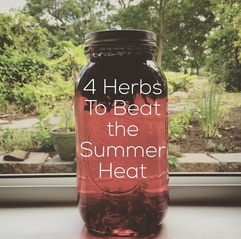 Despite the plant abundance, beauty and delight that is apparent during summer, I must confess.... this is not my favorite season. Is that a surprise? I tend to have a hard time with heat (and this year we've had a lot!) and constant glaring, bright, sunny days. It may sound counter-intuitive (especially for someone who is an herbalist!), but summer has always been the season I struggle the most with. I can't be the only one who feels this way, right?!... Perhaps it has something to do with growing up in extreme hot weather climates for so many years. I spent the majority of my life living in South Carolina AND in Texas, where most of the year is very bright, hot and sweaty. For some people -- for some constitutions, that is -- the heat is simply too aggrevating. And I am no exception. This is why some people prefer cold foods over hot foods, or why some people wear tank tops in an air-conditioned room while others must wear a sweater. We are all so unique in our constitutions and what we crave, need or gravitate towards. This has always fascinated me. But back to the heat: if you're like me and are having trouble with the current season there are plenty of things you can do to make yourself more comfortable until that first gentle whisper of autumn arrives.... Here are some of my favorite hot weather herbs and strategies: 1. Hibiscus |
Archives
November 2023
Categories
All
|
Join the Newsletter!
Receive news about future Herbstalk events
Thank you!
You have successfully joined our subscriber list.
Copyright © Herbstalk 2024
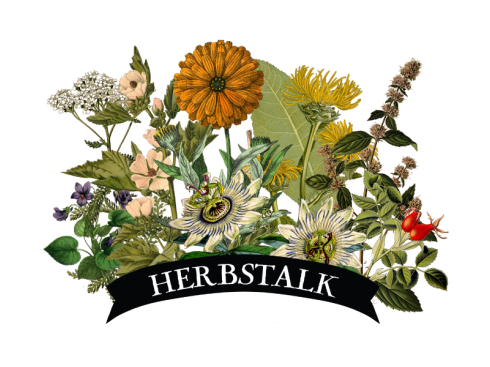
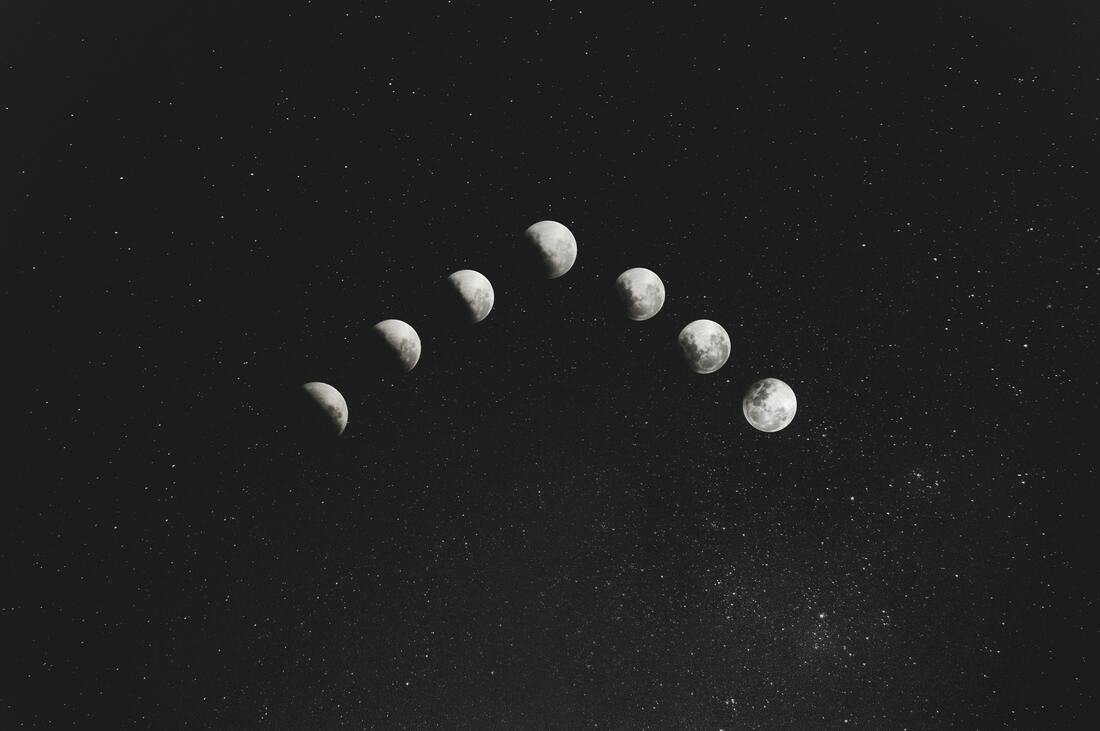
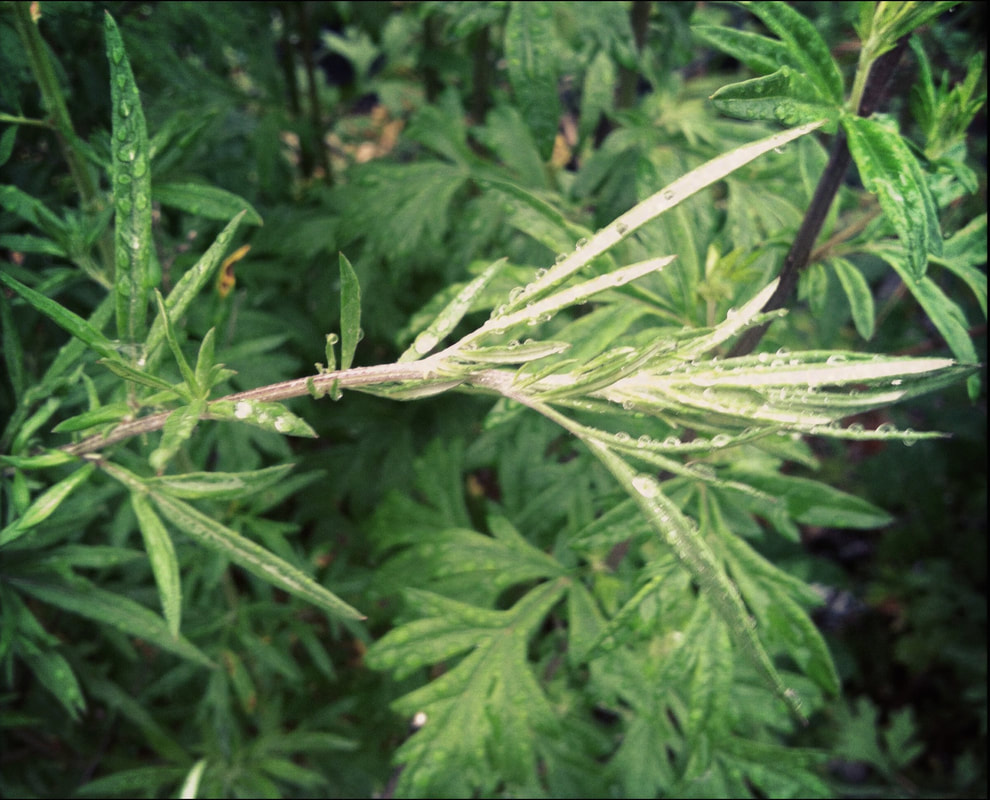
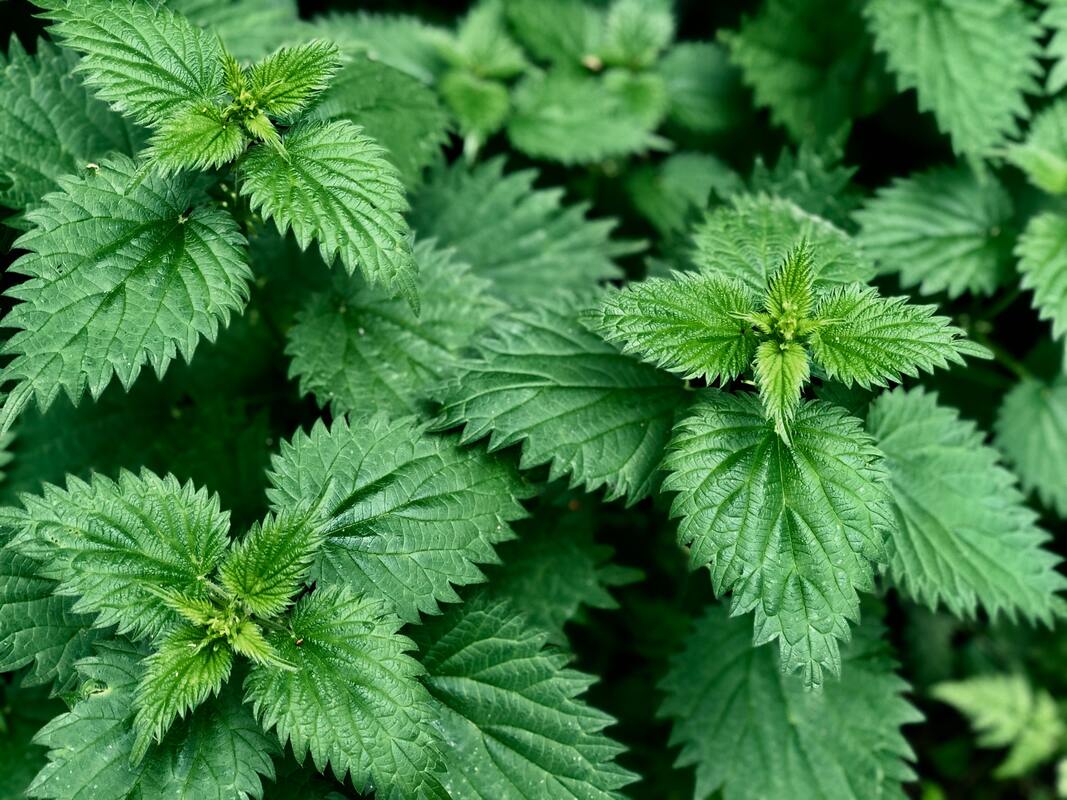
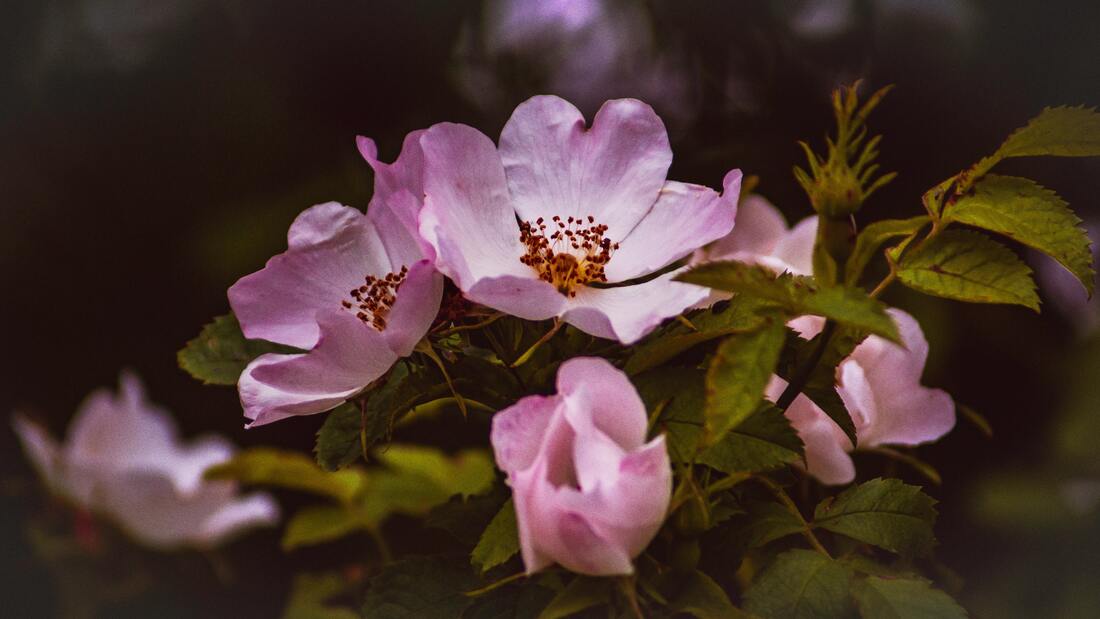
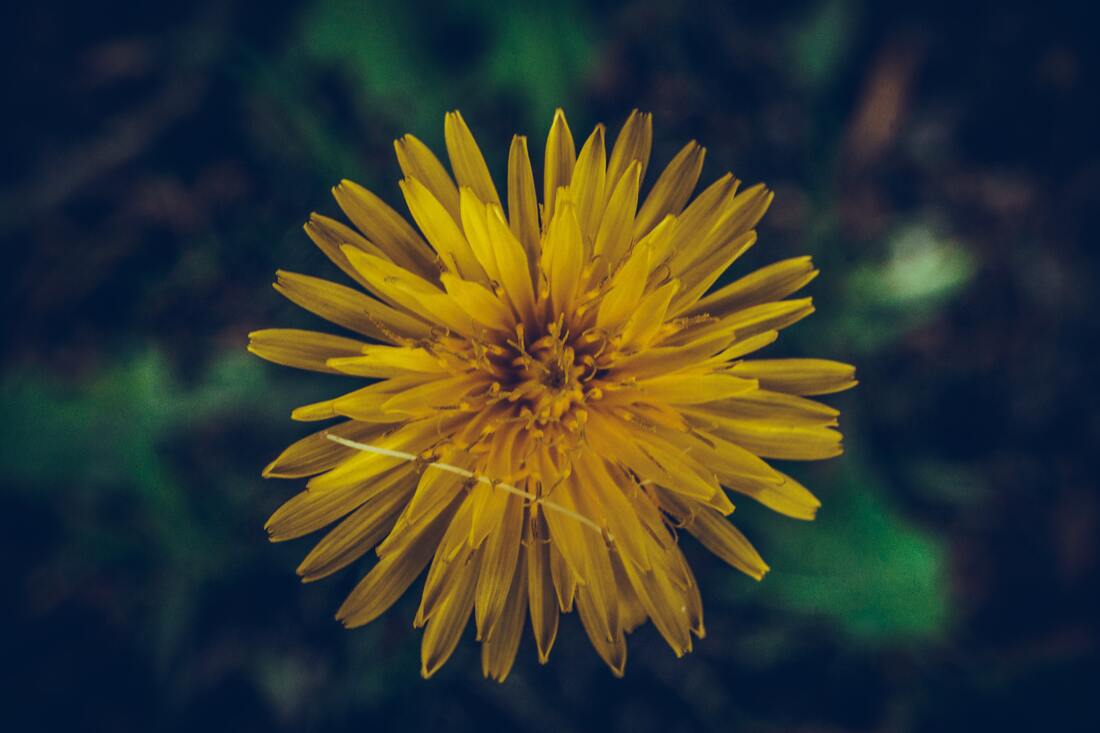
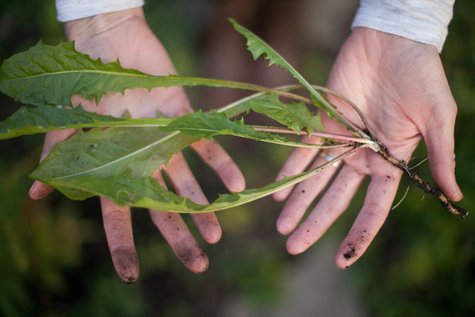
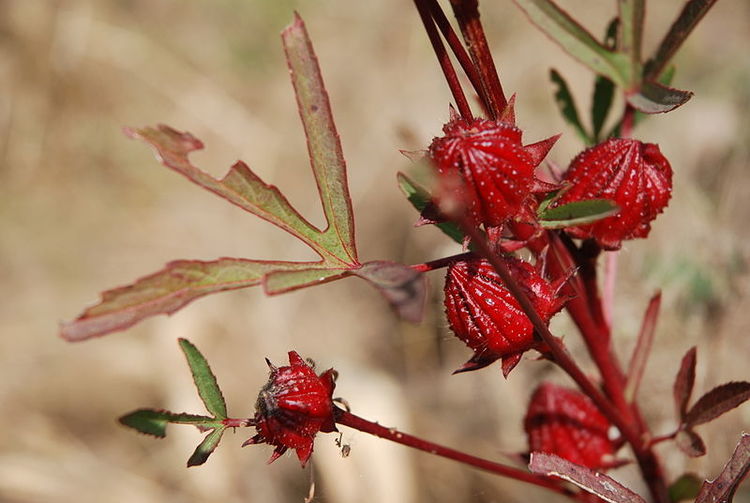
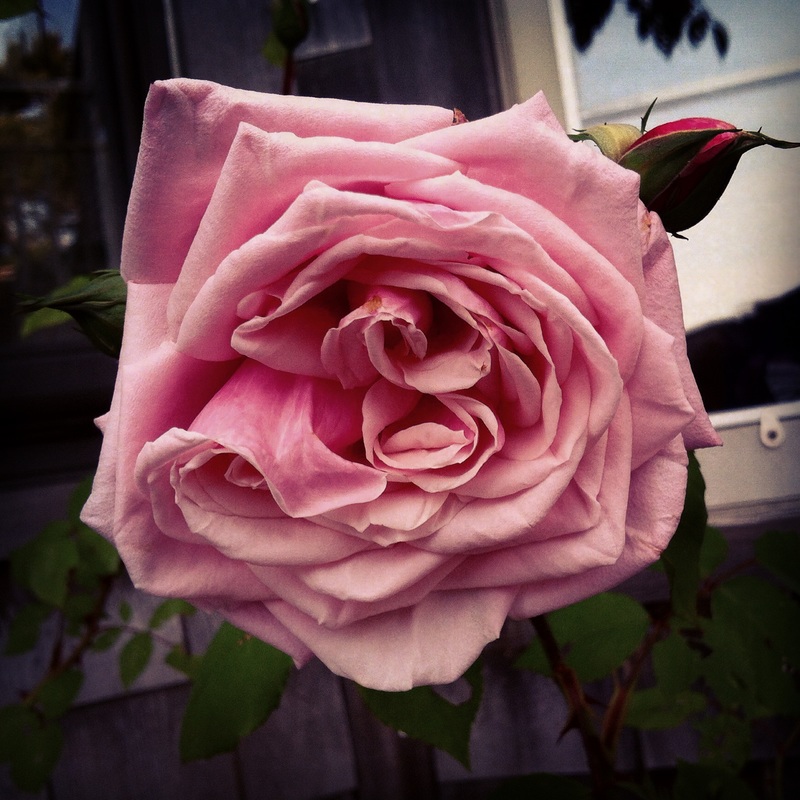

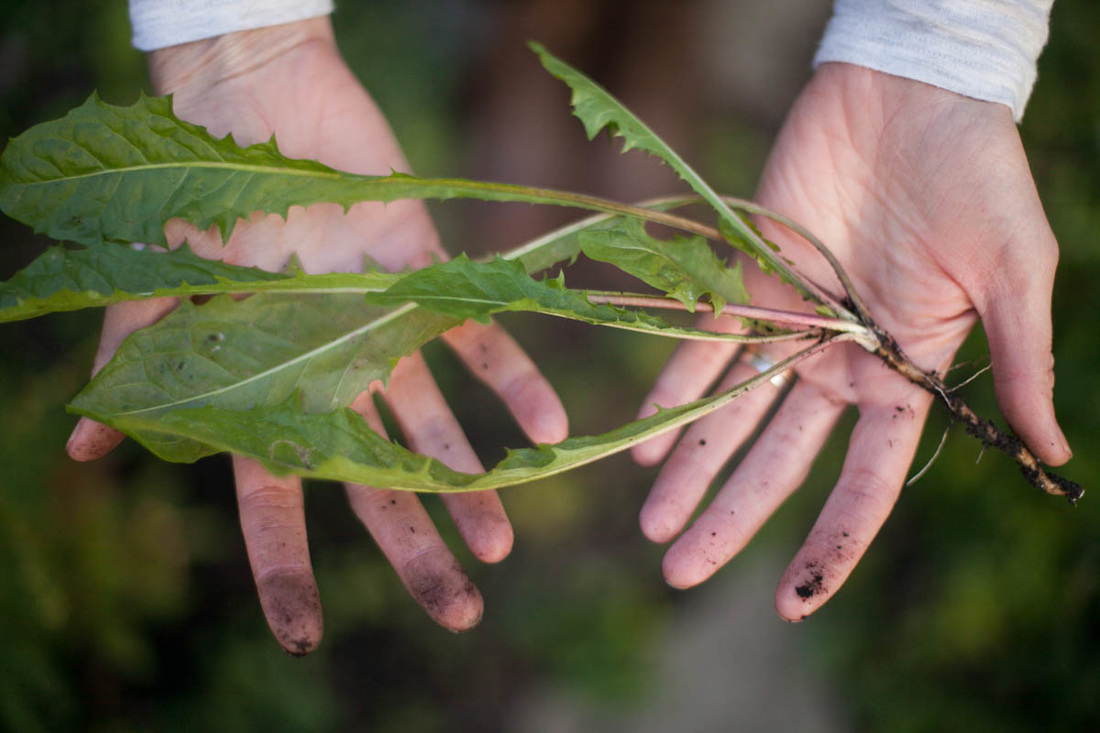
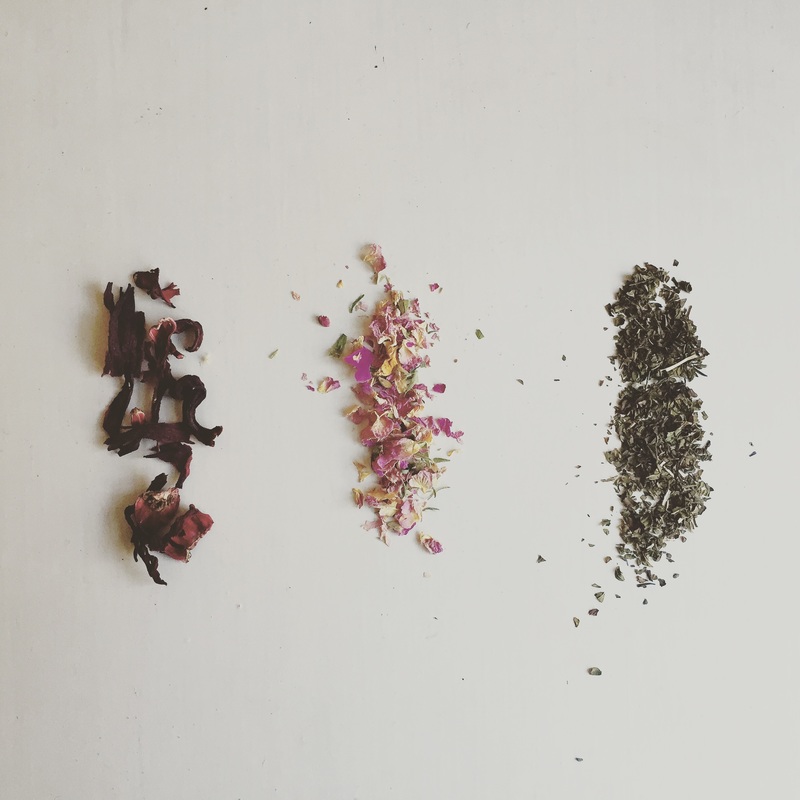
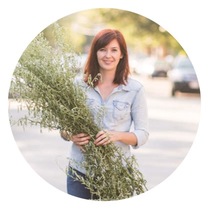
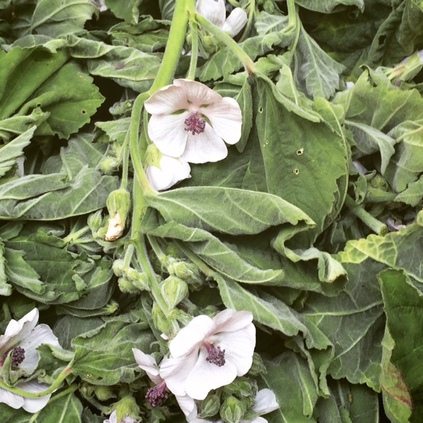
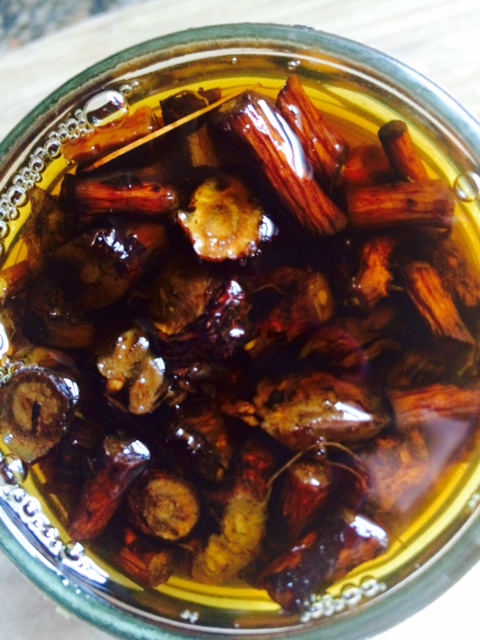
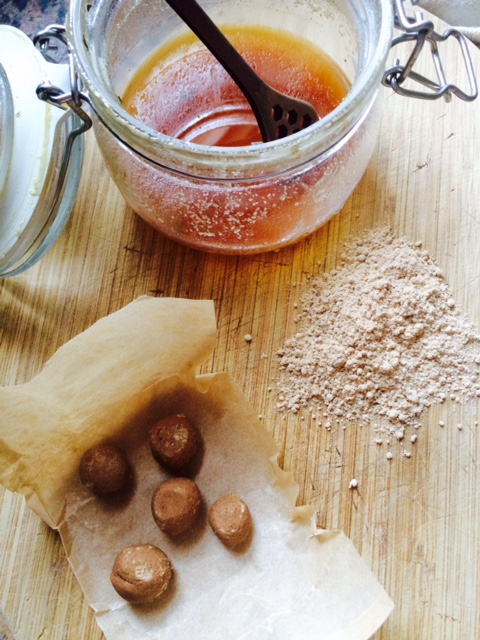

 RSS Feed
RSS Feed